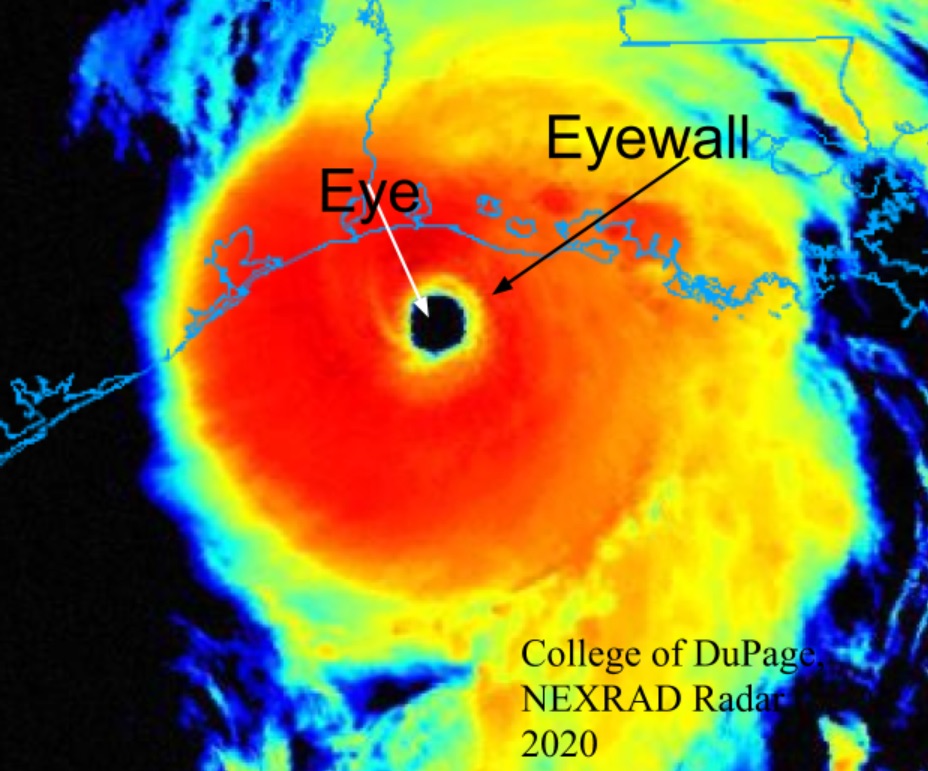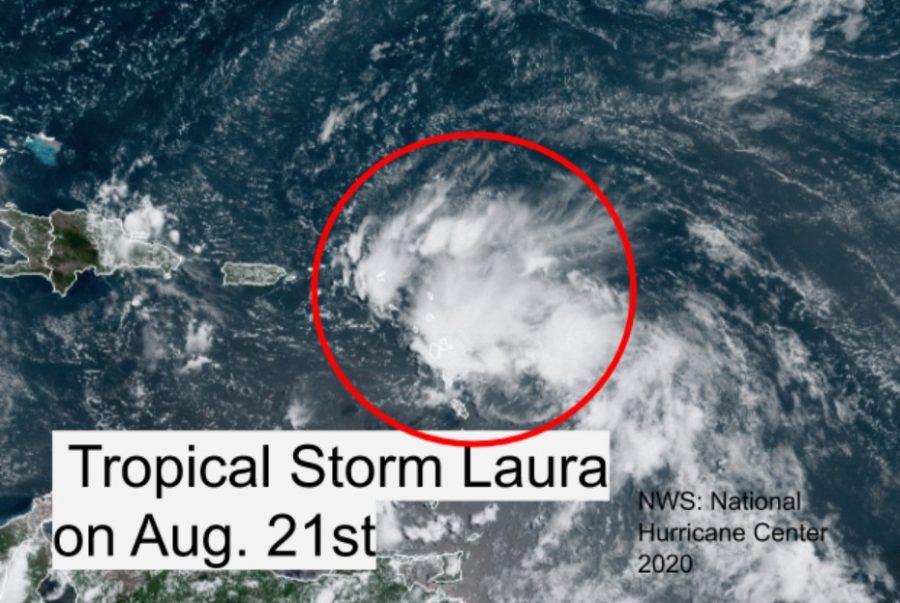Major Hurricane Makes Landfall at Texas-Louisiana Border
The buildup of Hurricane Laura and it’s “unsurvivable storm surge”
Laura, a Category 4 hurricane, slammed into the Texas-Louisiana border the night of Aug. 27. At the time of landfall the devastating storm reached a sustained wind speed of 150 mph.
The storm was first recognized by the National Hurricane Center (NHC) on Aug. 19 as a tropical depression. It had a slow start showing no signs of organized storm activity through Aug. 20. The next day, however, the storm was upgraded to the classification of a tropical storm, now carrying the name “Laura.”
Picture one goes after this^
In the following days, Laura brought heavy rain and strong winds to the Virgin Islands and Puerto Rico, officially reaching hurricane status after passing Cuba on Aug. 25.
Laura then intensified over the warm gulf waters and took in a significant amount of moisture, reaching Category 3 status on Aug. 26. Category 4 status was reached just as the eyewall of the storm breached land the next day.
The massive storm had an official designation of an “unsurvivable storm surge,” due to its Category 4 winds and it’s elevated moisture intake, according to the NHC. This meant that the afflicted areas would face elevated water levels—in some areas, up to 12 feet above sea level.
Picture two goes after this^
The “eyewall” of a hurricane is just outside the calm eye of a hurricane. Unlike the eye of a hurricane, the eyewall is often considered the most dangerous as it is where wind speeds are the highest.
At 2 a.m. on Aug. 27, the combination of strong winds and heavy rain ripped through the coast causing significant damage. There are ten confirmed deaths as a result of Hurricane Laura and an estimated $12 billion in damage.
Similar to most hurricanes, Laura dissipated quickly. After landfall, the hurricane rapidly lost wind speed and reverted back to tropical storm status later that day. The tropical storm continued to bring rain to the eastern coast of the U.S. throughout the next few days before fizzing over the Atlantic.
The 2020 Atlantic hurricane season will continue through November, so more hurricanes are expected to come in the following months.
Your donation will support the student journalists of Saint Louis University.




